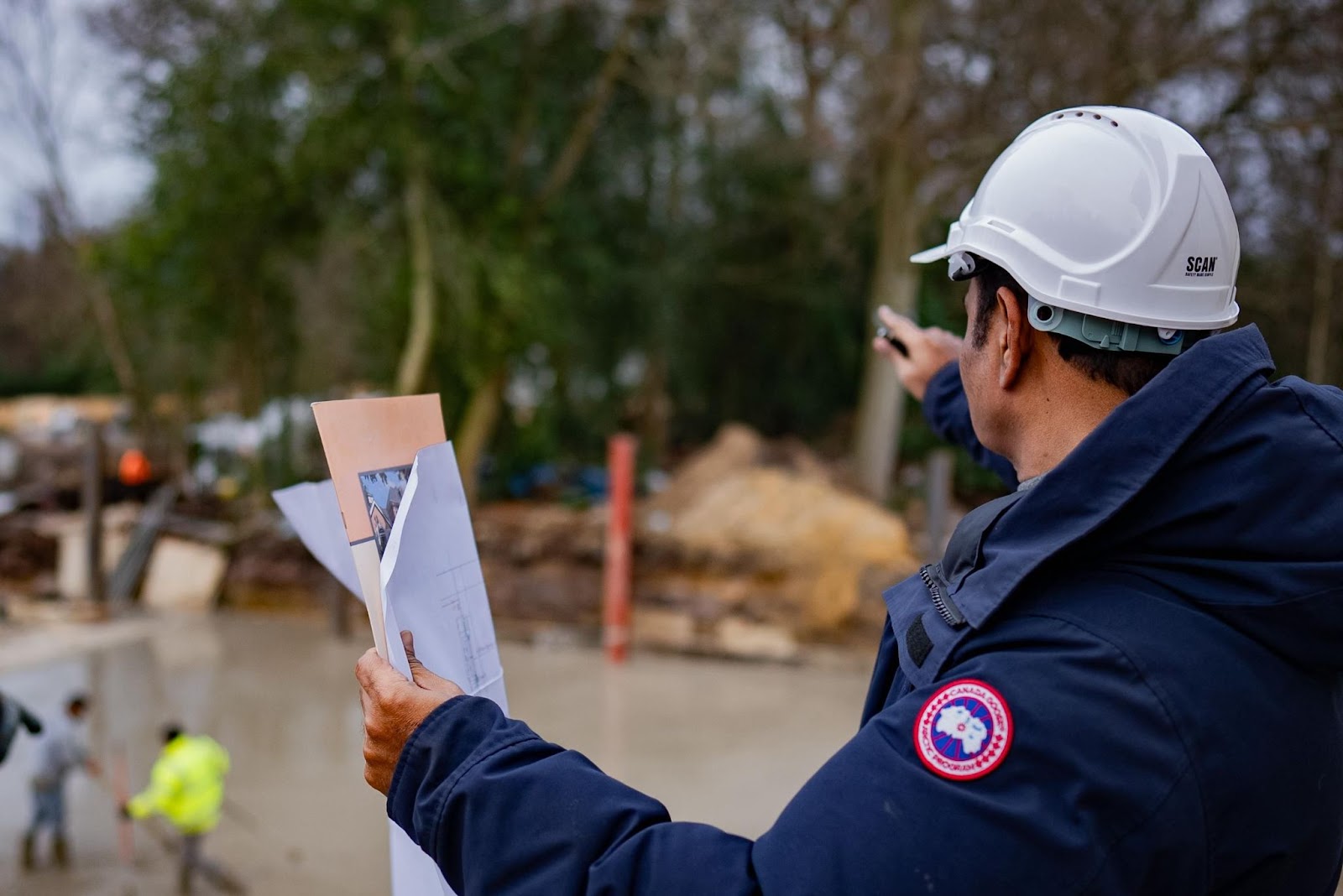In a recent conversation with Professor Sarwar Khawaja, a distinguished British educationist, social entrepreneur, and philanthropist, he shared his insights on the evolving real estate market. With a wealth of experience spanning over three decades across various industries, including education and artificial intelligence, Professor Khawaja provided a nuanced perspective on property trends, working culture, and market shifts.
(Disclaimer: The views expressed in this article are solely Professor Sarwar Khawaja’s opinions and should not be considered financial advice.)
The Decline of Commercial Property Value
According to Professor Khawaja, commercial real estate is facing a significant decline due to the rise of remote work. The shift towards a work-from-home culture has reduced the demand for office spaces, which is expected to lead to a depreciation of at least 10–15% over the next two to three years.
“People no longer need to travel for work as often, particularly with the integration of artificial intelligence and remote work solutions,” he explains. “This will impact multiple sectors, including corporate social responsibility (CSR), but at the same time, it’s likely to weaken commercial real estate demand.”
That said, he notes that prime locations—such as central London—will retain their value, though they may not experience significant growth in the near term.
Residential Property: A Market Poised for Growth
Unlike commercial properties, the housing market is expected to boom within the next 12 months. With interest rates decreasing and first-time buyers receiving government support, the demand for homes is set to rise.
“There has always been a housing crisis,” says Professor Khawaja. “But with lower interest rates, more people will be encouraged to purchase properties, creating a surge in the market.”
Additionally, government planning permissions are becoming more accessible, easing the process of new housing developments. This will further fuel the property market as new homes enter the market, catering to a growing population of buyers.
The Rise of Modular Homes
A notable trend that Professor Khawaja highlights is the increasing demand for modular homes—a modern housing solution that requires minimal planning permission.
“These prefabricated houses are becoming a viable alternative for many buyers,” he says. “We are currently working on a two-bedroom modular home priced under £150,000. The affordability factor means that purchasing a home will cost less than renting in the long run.”
With this shift, modular housing is expected to bridge the gap between affordability and accessibility, enabling more people to climb the property ladder.
A Long-Term View: Real Estate Over the Next Decade
Looking ahead, Professor Khawaja believes that the housing market will remain a lucrative investment for at least the next 10 years. As the population grows and homeownership aspirations increase, real estate will continue to generate wealth and provide financial security to homeowners.
“For those looking at property as a long-term investment, the market is in their favor,” he concludes.
Professor Khawaja’s insights paint a compelling picture of the future of real estate. While commercial properties may struggle due to shifting work dynamics, the residential sector—driven by lower interest rates, government incentives, and modular housing innovations—appears set for significant growth.
Would you consider investing in property based on these trends? Share your thoughts below!
Please visit:
Our Sponsor
